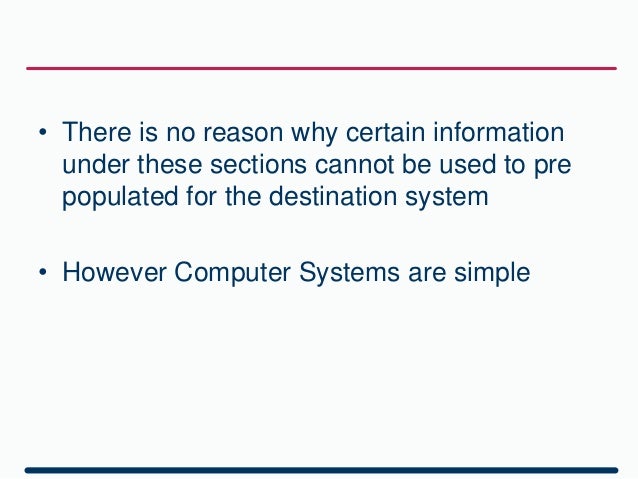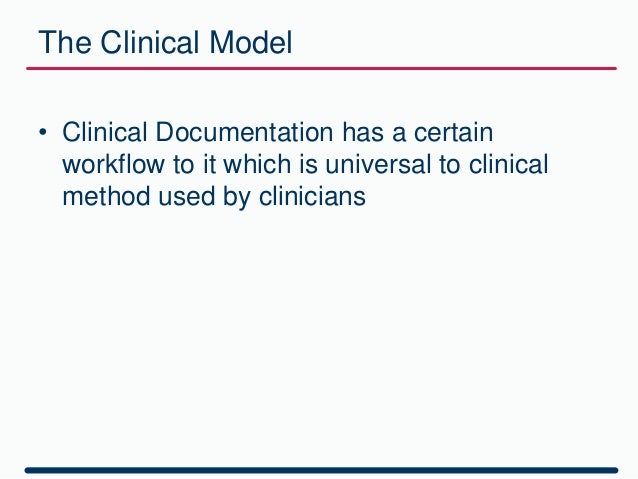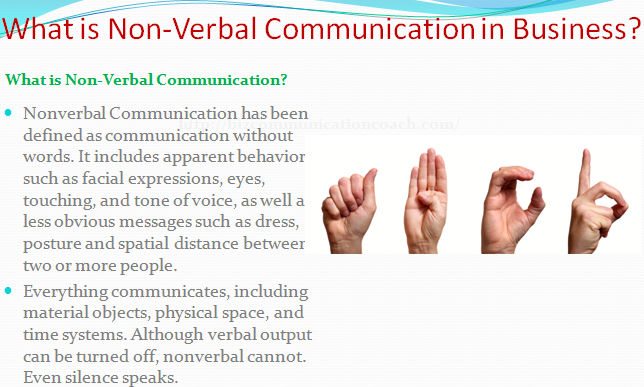
Communication is a skill and it takes practice. Not every manager is an effective communicator. In this style of workforce, it’s easy for communication barriers to form and, when on-site managers are responsible for the transfer of information, for there to be inconsistent levels of communication. This may be a mix of full-time or part-time employees, temporary workers, and contractors or subcontractors, all of whom have different roles, responsibilities, skills and levels of experience. Construction sites often have very large numbers of individuals working there at any given time. It’s important to note that this is not an exhaustive list. Detailed below are some common barriers to effective communication within the construction industry. If you are experiencing poor communication in your organisation, a good place to start is to understand why this might be the case. What are the Barriers to Communication in Construction? However, there can often be barriers to communication, especially in the construction sector, which poses unique challenges that need to be overcome. Therefore, it’s essential to maintain effective communication across an organisation, to limit any negative repercussions.

Poor communication can have serious impacts on an organisation and its employees in many ways.

This can impact an organisations ability to remain competitive. Poor communication resulting in delays, disruptions, conflicts and high levels of accidents and incidents can develop a negative reputation for an organisation. Even poor communication around project specifics, such as materialis, project or site specific information, and quantities, can result in the purchase of incorrect, unusable or excess materials – all of which will increase costs. Additionally, delays can result in significant additional costs including increased labour costs and increased rent hire for machinery and tools. For example, accidents and incidents can cause increased staff turnover, increased costs covering absent workers and hiring replacements, increased insurance premiums, and legal costs. All of the factors above can have a direct impact on costs. This can cause delays and reduced productivity, both of which may affect profit. Poor communication and ineffective communication streams can decrease the speed with which information is transferred within a project and can also cause information blocks where information is transferred to the wrong person.
#Timely communication difination how to
To learn how to improve teamwork in construction, read our article How to Build Relationships in Construction. This is often accompanied by feelings of resentment, high staff turnover and increased absences. This can have a significant impact on the happiness and motivation of employees, and working on a site with poor information flow and conflicts is not a pleasant environment. Additionally, conflict can also arise when different parties in the project are not kept fully informed of all decisions. Poor communication can cause increased stress levels, poor motivation and decreased morale in workers. Poor communication of health and safety information can significantly increase the number of accidents and incidents, which has a direct impact on productivity, turnover, morale, legal and compensation costs, and reputation with customers. Work in the construction sector presents many potential hazards, including work at height, hazardous and dangerous substances, and on-site vehicles.

There are several costly impacts that poor communication can have on an organisation and the success of its projects, including: What is the Role of Communication in Construction?


 0 kommentar(er)
0 kommentar(er)
